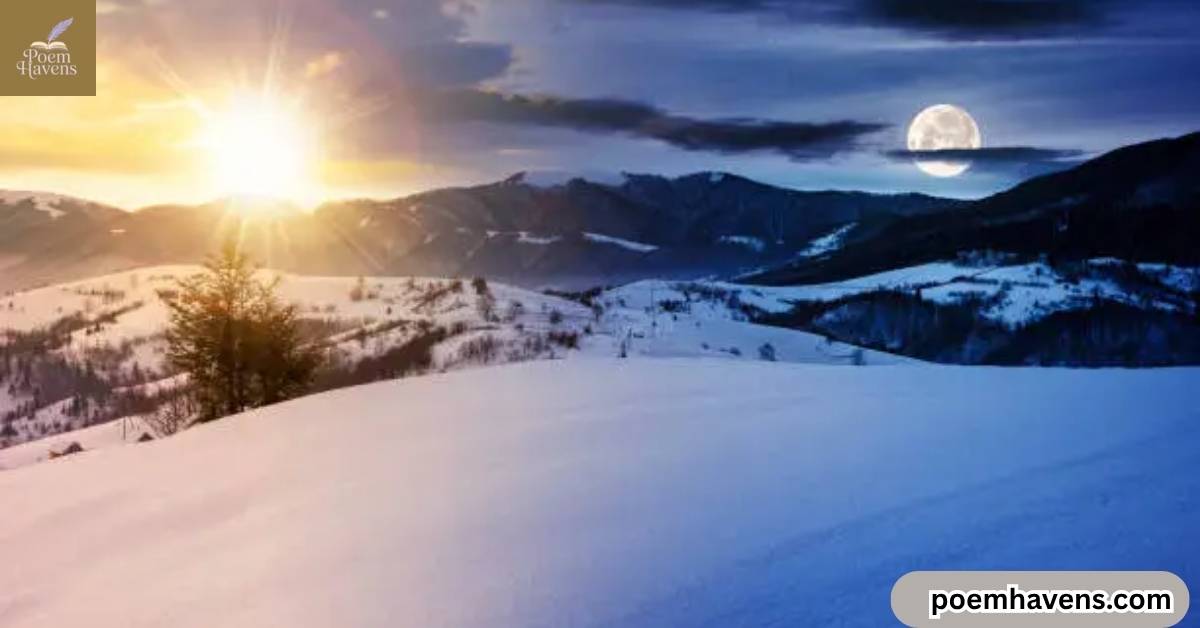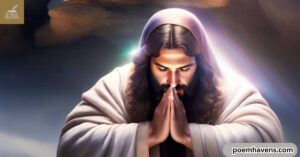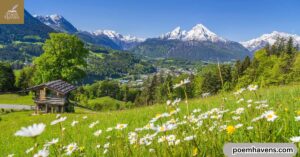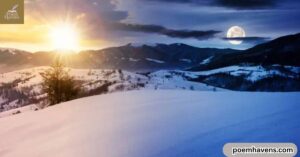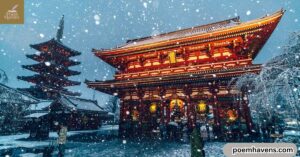The winter solstice is a magical moment when the longest night meets the promise of returning light. Imagine the sky darkening earlier, shadows stretching, and the world seeming to pause, waiting for the sun to slowly reclaim its warmth. Across centuries, people have marked this special day with rituals, feasts, storytelling, and poetry, celebrating not just the sun, but hope, renewal, and the cycles of life.
From ancient monuments like Stonehenge to family gatherings during the Dongzhi Festival, the solstice has inspired awe, reflection, and creativity across cultures. This article takes you on a journey through the science, symbolism, and celebrations of the winter solstice, while sharing both famous and original poems that capture its beauty. Whether you seek inspiration, connection with nature, or ways to honor this turning of light, reading on will immerse you in the quiet magic and timeless wisdom of the winter solstice, making this shortest day truly unforgettable.
What Is the Winter Solstice? Understanding the Shortest Day of the Year
The winter solstice occurs when Earth’s axis tilts farthest away from the sun, creating the shortest day and the longest night. In the Northern Hemisphere, this happens around December 21–22, while in the Southern Hemisphere, it occurs around June 20–21.
The Science Behind Winter Solstice
- Earth is tilted at 23.5°, affecting sunlight exposure
- The sun’s path across the sky is at its lowest
- Daylight hours are minimal, night hours are maximum
- “Solstice” comes from Latin meaning “sun stands still”
Northern vs Southern Hemisphere
- Northern Hemisphere: December solstice, shortest day
- Southern Hemisphere: June solstice, shortest day
Shadows are longest Sun rises and sets at its most southern point Light gradually returns after this day
Recommended Blog : Turkish Love Poems – A Journey Through Passion and Poetry
History of Winter Solstice: Ancient Traditions and Celebrations
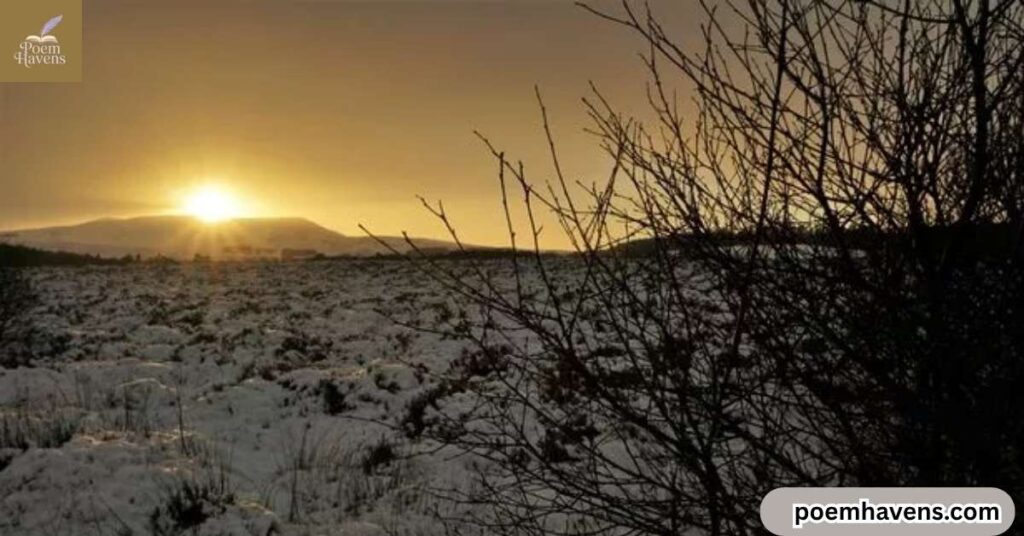
Humans have celebrated the winter solstice for thousands of years. Ancient civilizations recognized it as a time of rebirth and hope, building monuments and festivals around this cosmic event.
Ancient Monuments and Alignments
- Stonehenge (England) – aligns with the sunrise on winter solstice
- Newgrange (Ireland) – sunlight enters the tomb chamber perfectly
- Chichén Itzá (Mexico) – Mayan temples track the sun’s path
These monuments show the reverence for the sun and cycles of nature.
Festivals and Ceremonies Around the World
- Saturnalia (Rome) – feasts, gift-giving, and honoring Saturn
- Dongzhi Festival (China) – family meals and celebrations for harmony
- Yule (Europe) – candles, feasts, and evergreen decorations
- Indigenous Traditions – storytelling, dancing, and offerings
Symbolism of Winter Solstice: Light, Hope, and Rebirth
The winter solstice symbolizes hope, rebirth, and transformation. Darkness reaches its peak, but the returning light represents new beginnings.
Fire and Light Traditions
- Candles, bonfires, and lamps symbolize the returning sun
- Lighting a candle can represent hope and life
- Bonfires in many cultures honor renewal and warmth
Spiritual Reflection
- Pause to reflect and release negativity
- Journaling, meditation, or personal rituals are common
- The winter solstice is a perfect time for inner renewal
Winter Solstice Poem: The Longest Night (Original)
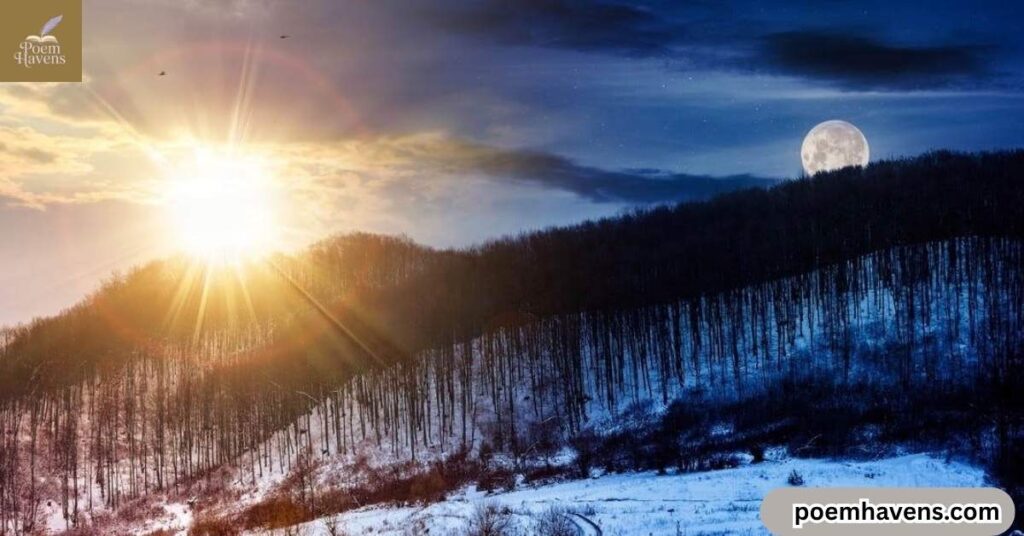
When shadows stretch across the land,
And stars ignite where darkness stands,
The longest night wraps earth in peace,
Yet whispers promise light’s release.
The sun retreats, yet soon will rise,
A golden spark in velvet skies,
Embrace the dark, for in its fold,
Tomorrow’s warmth and hope unfold.
Winter Solstice and Nature: Earth, Stars, and Seasonal Rhythm
The winter solstice is a reminder of Earth’s beautiful rhythms and celestial wonders. On this day, the sun follows its lowest path, creating the longest night and shortest day. Observing the stars, sunrise, and sunset helps us feel connected to the cycles of nature.
From the shifting shadows to the crisp winter air, the solstice invites us to pause, reflect, and align our own rhythms with the turning of the seasons.
Celestial Observations
- Observe sunrise and sunset shifts
- Note longest shadows and earliest nightfall
- Stargazing can connect you to ancient solstice traditions
Connection with Earth
- Align personal rituals with natural cycles
- Recognize the rhythm of darkness and light in daily life
Winter Solstice Celebrations Around the World
The winter solstice is celebrated across the globe in unique and meaningful ways. In Europe, people light candles and hold feasts during Yule to honor the returning sun. In China, the Dongzhi Festival brings families together with warming foods like tangyuan, symbolizing harmony.
Indigenous communities celebrate with storytelling, dances, and offerings to connect with nature and ancestors. Even today, modern solstice celebrations combine ancient traditions with personal rituals, allowing everyone to mark the shortest day of the year with reflection, gratitude, and joy.
Europe & Yule Traditions
- Candlelight rituals
- Feasts with warming foods
- Decorated evergreens symbolize eternal life
Asia & Dongzhi Festival
- Family gatherings with tangyuan (rice balls)
- Celebrating balance, harmony, and light’s return
Indigenous & Other Global Traditions
- Storytelling and dances honoring sun and ancestors
- Rituals to mark the turning of seasons
Modern Winter Solstice Ideas
- DIY rituals: candles, incense, or altars
- Watch the sunrise
- Journal reflections
- Create sun-inspired crafts
- Share poems with loved ones
- Watch the sunrise
Also Read This Blog: Celebrating Bonds Poems: Heartfelt Verses of Love, Family, and Friendship
Winter Solstice Poem: A Night of Light (Original)
Beneath the veil of longest night,
Flickers of warmth reclaim their right,
Candles glow where shadows play,
Guiding hearts toward the day.
The moon observes in silver grace,
While sun returns to take its place,
The darkest hours cannot confine,
The spark of hope, eternal, divine.
Famous Winter Solstice Poems and Reflections
- Robert Frost – “Stopping by Woods on a Snowy Evening”
Reflects the quiet of winter nights and nature’s stillness
- Emily Dickinson – “Winter Morning”
Captures gentle arrival of light during cold mornings
- John Clare – “Snowstorm”
Evokes winter’s raw beauty and the promise of renewal
Reflections on Each Poem
- Emphasizes the beauty and stillness of winter
- Connects human emotion to natural cycles
Lessons from the Winter Solstice: Finding Peace in Darkness
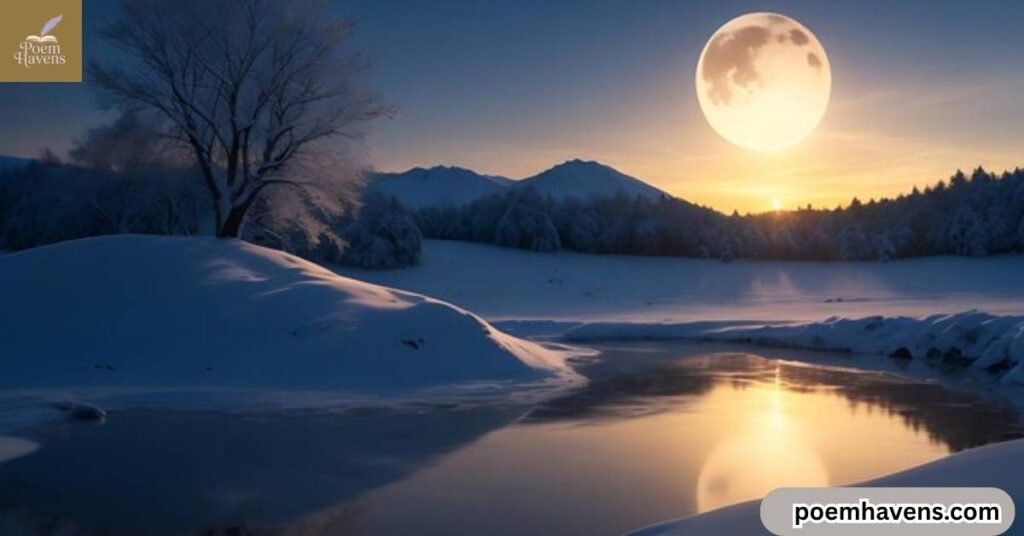
The winter solstice teaches us that even in the darkest moments, light always returns. It reminds us to pause, reflect, and release what no longer serves us.
Just as the sun slowly begins its journey back, we can embrace new beginnings, find hope in small moments, and align ourselves with nature’s rhythm.
This quiet, reflective time encourages patience, gratitude, and the understanding that darkness is temporary, making the return of light even more meaningful.
- Darkness is temporary; light always returns
- Pause and reflect on personal growth
- Celebrate small moments of warmth and joy
- Align yourself with nature’s rhythm
Don’t Miss Out This Blog : Celebrating Bonds Poems: Heartfelt Verses of Love, Family, and Friendship
FAQ,s
What happens at the winter solstice
On this day, the night reaches its longest point and daylight is at its shortest. People often celebrate the return of the sun with rituals.
What is the spiritual meaning of the winter solstice
It marks a time of reflection and renewal. Many use this period to release old burdens and welcome hope and light in life.
Is winter solstice always on 22 December
The date shifts slightly each year, usually between December 20 and 23. Its timing depends on Earth’s orbit around the sun and its tilt.
What is the shortest day of the year
The day with the least sunlight occurs when the sun follows its lowest path. Darkness lasts longer, reminding us that light will return.
How do people celebrate the winter solstice
Celebrations include lighting candles, feasting, and honoring nature. Many observe the sunrise, create art, or connect spiritually to welcome longer days.
Conclusion
The winter solstice is more than just the shortest day of the year. It is a moment to pause, reflect, and connect with nature’s rhythms. Across centuries and cultures, people have honored this turning point with rituals, storytelling, feasts, and light. From ancient monuments like Stonehenge to modern home celebrations, the solstice reminds us that darkness is temporary and light always returns. Through poetry, ceremony, and simple acts of reflection, we can embrace hope, renewal, and the quiet magic of winter.
By celebrating the winter solstice, we invite a sense of peace, gratitude, and inspiration into our lives. Lighting candles, observing the sunrise, or writing a poem can turn this moment into a personal ritual of joy and reflection. This day teaches patience, resilience, and the beauty of life’s cycles. Let the turning of light guide your heart and bring warmth to even the coldest nights.
